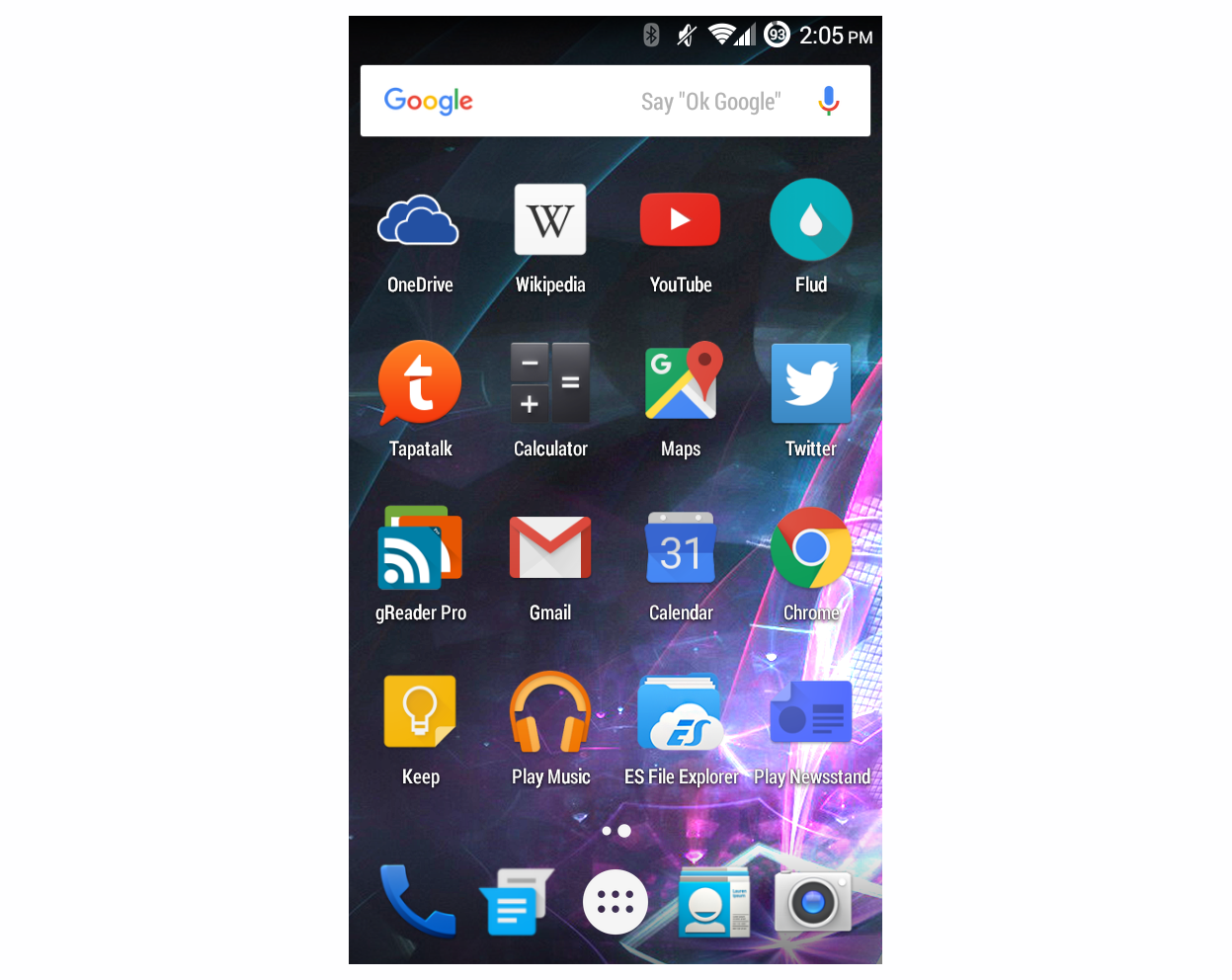From KitKat to Marshmallow: How I transformed my aging Android phone to keep it fun and functional

Call me a smartphone agnostic. Thanks to a quirk of geography and a period of deliberate disengagement from the tech industry, I missed out on the initial wave of the mobile device revolution. By the time I bought my first Android phone, KitKat was already the dominant platform, iOS 8 had just been released, and both BlackBerry and Microsoft had been relegated to the obituary section.
So when I finally did go smartphone shopping on a trip back to the States, my requirements were as modest (I mostly wanted a mobile hotspot for my laptops/tablets) as my budget. All of which led me to my local Metro PCS shop and my first taste of budget Android telephony: A Samsung Galaxy Avant. For the ridiculously low price of $119, I got an unlocked Avant with a 4.5" qHD (960 x 540 pixel) screen, 1.5GB of RAM, 16GB of storage and a quad-core CPU, all tied to an unlimited data plan (another $60) that delivered 50Mbps LTE speeds to my condo in FL.
Thus began my odyssey through the mysterious world of Samsung custom ROMs and rooting. Over the ensuing months I would manage to unlock the Avant’s boot loader, install a custom recovery environment (TWRP), navigate a dicey baseband update (almost lost my unlock), and swap out the stodgy, bloated Samsung stock KitKat 4.4.2 ROM for a sleek build of AOKP KitKat 4.4.4.
Unfortunately, I also learned how saving a buck and buying cheap can come back to bite you. I had some familiarity with Android rooting/customization from my early tablet days (my poor Acer Iconia A200 was the victim of some unspeakable hacker crimes), so I was more than up to the challenge of getting "dirty" with my Avant.
The problem was a lack of community support. Aside from a few brave souls who put in Herculean efforts to corral the Avant’s obscure device tree, there was little progress towards getting anything newer than KitKat onto the device. No Lollipop builds would be forthcoming (either from Samsung or the homebrew crowd), which meant I was stuck with an orphaned device on a remote island where the cheapest comparable handset runs $500 or more.
Thankfully, there was still the aforementioned build of AOKP 4.4.4. The author really did a stellar job porting the "Kanglings" AOSP-based code to the Avant (thanks, dfuse08!), and I used this as the base for what would become my "KitKat Plus" device. Basically, if I couldn’t get the real thing ("Lollipop" or "Marsmallow"), I would leverage every piece of Google and third party software I could find to create a working facsimile in the hope that it would tide me over until I could justify springing for a new phone.
And tide me over it has. Through a combination of Google’s Now Launcher, Keyboard and Search apps, as well as some custom tweaks through the Xposed Framework, I was able to create a fairly authentic "Lollipop/Marshmallow" work-alike, one that looks nothing like the stock Samsung KitKat that came with the device.
Note: See screenshot gallery for examples of the kind of wholesale UI change I was able to introduce.
For example, with its latest update Google’s Now Launcher running on my Avant looks and behaves much like the default launcher on "Marshmallow". I get the same home screen search box, the same vertical scrolling App Tray, and when combined with the Google Keyboard, the same flat UI when typing. My Avant’s notification area is already heavily customized thanks to the extensive "ROM Control" features built-into AOKP. Add to this the Xposed Framework and a module called "Monster UI" and I can theme the entire device to look and feel just like Lollipop, right down to the animated checkboxes and rounded slider controls.
Given how many third party Apps now support Google’s Material Design Language, it’s a rare moment when I run into something that reminds me of the device’s KitKat underpinnings. And despite the Avant’s modest CPU and stingy RAM allotment, I’ve been able to squeeze some serious multitasking out of the phone thanks to AOKP’s low overhead.
In fact, my "KitKat Plus" Avant has become my household’s primary entertainment device, displacing a disorganized mess of DVD players, media boxes (both Sony and Western Digital), and connected PCs. I now regularly torrent our favorite shows directly to the device (don’t judge -- it’s the third world over here) using the gorgeous Flud BitTorrent client, then play them wirelessly (via ES File Explorer) through the Chromecast attached to my aging 42" HDTV. The whole process is effortless and seems all the more amazing when you consider how outdated the core platform is.
Bottom Line: They say you can’t teach an old dog new tricks. But as I’ve discovered, you can create a pretty good facsimile of Android "Lollipop/Marshmallow" by leveraging Google’s modular software stack and a bit of rooting know how.
[portfolio_slideshow id=307815 size=large autoplay=false random=false centered=true carousel=true navstyle=graphical navpos=bottom pagerstyle=thumbs pagerpos=bottom]
- Shot 1 -- The Home screen for my "KitKat Plus" build
- Shot 2 -- The minimalist Quick Access toolbar courtesy of AOKP and Monster UI
- Shot 3 -- The "Lollipop" themed Settings app after Monster UI
- Shot 4 -- The "Marshmallow" style App Drawer from Google Now Launcher
- Shot 5 -- The Google Keyboard and Search app, complete with flat "Lollipop" styling
- Shot 6 -- The main UI page for Monster UI (note the Theming options)
- Shot 7 -- The System UI Theming options with Monster UI
- Shot 8 -- The simple yet functional Recents UI for my "KitKat Plus" build
- Shot 9 -- The UI for one of my favorite Apps, the ultra-versatile ES File Explorer
- Shot 10 -- The playback menu for a video (note the Chromecast Player option)
- Shot 11 -- The Notifications Panel on my very busy phone
